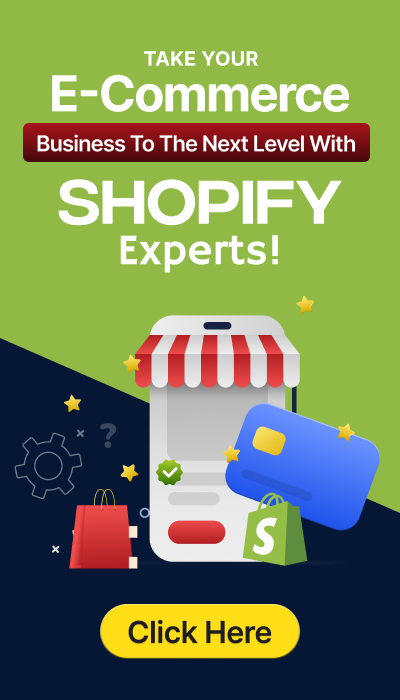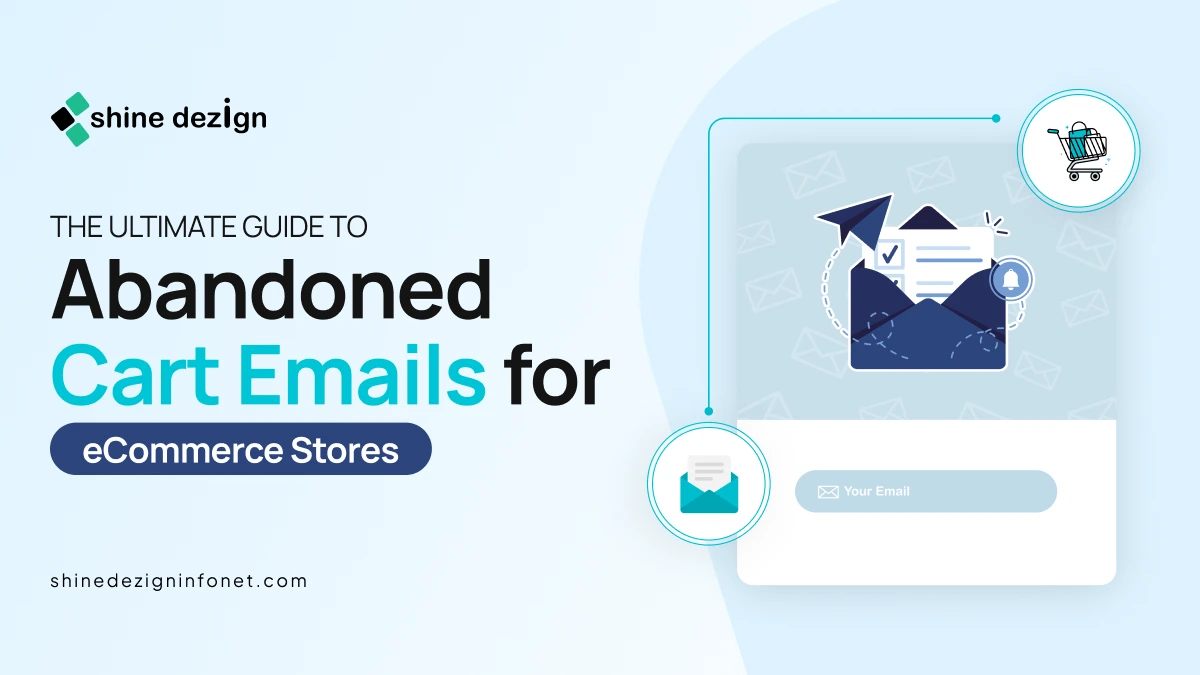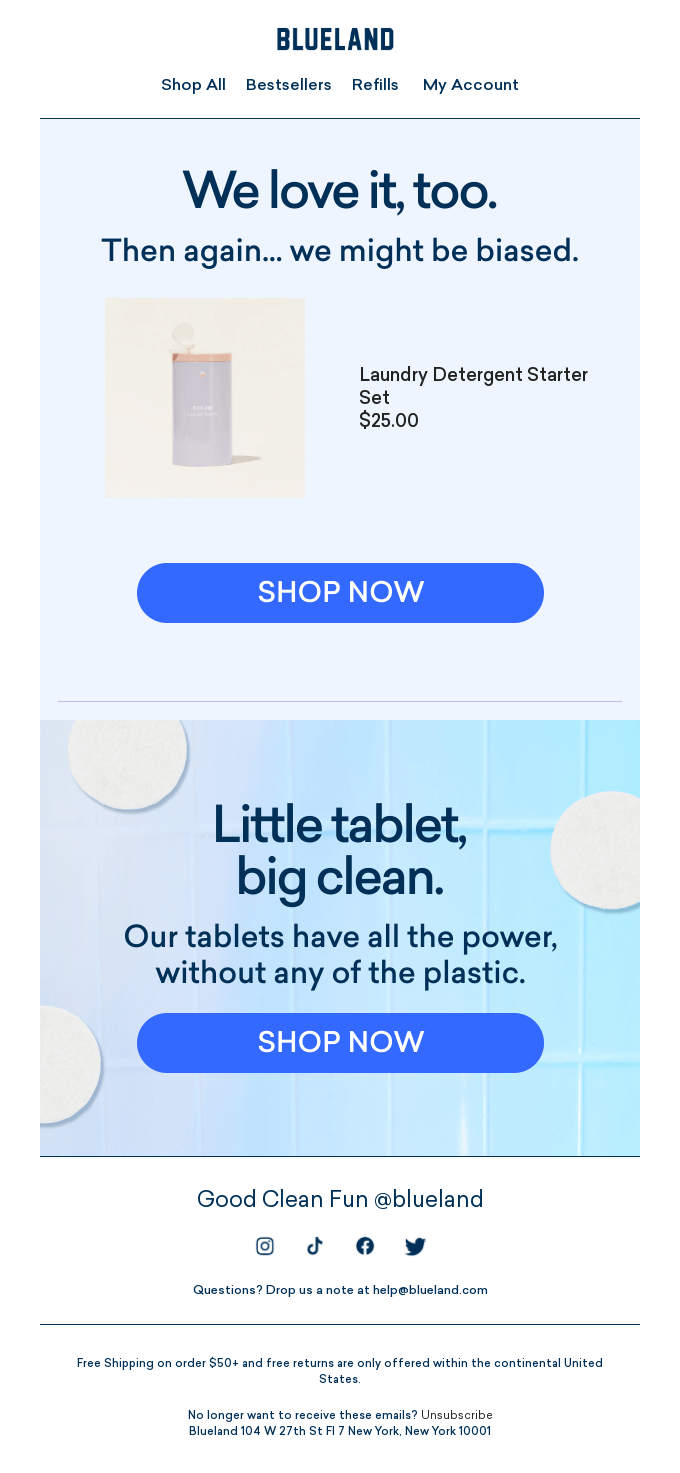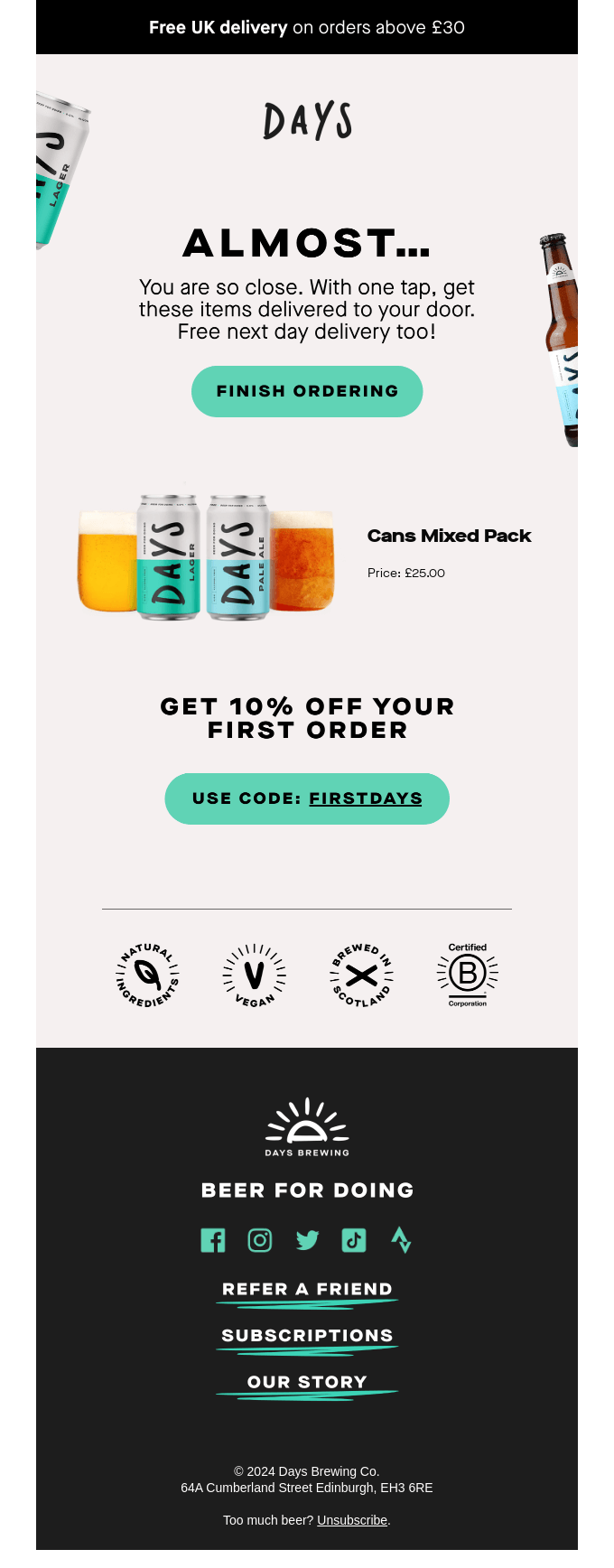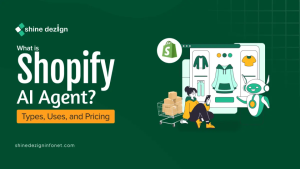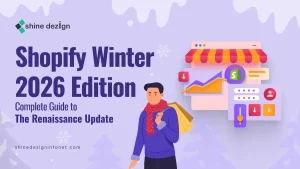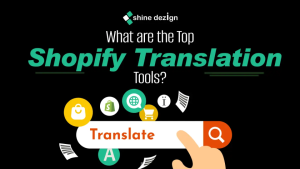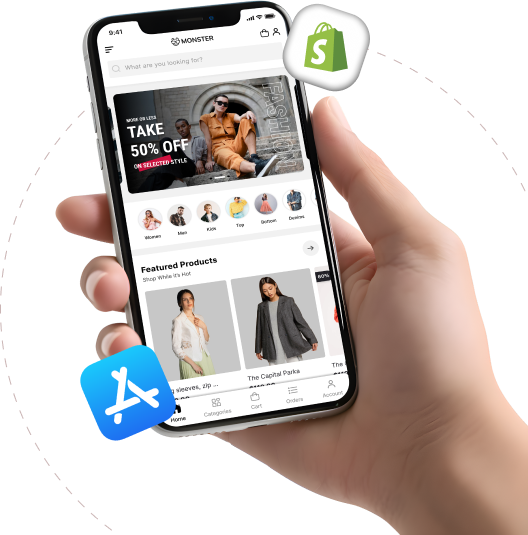Table of Contents
Abandoned carts pose one of the greatest challenges to most online companies. As high as over 70%, the average cart abandonment rate stands, and businesses are leaving significant revenue on the table since consumers leave products in their carts without making purchases. This comprehensive guide shall cover why abandoned cart emails are essential, what is most effective, and practices to help you create the best abandoned cart emails to capture lost sales and boost customer engagement.
What is an Abandoned Cart Email?
An abandoned cart email is a system-generated follow-up email that customers are sent when they have added products to their shopping cart but did not make the final purchase. It is a gentle reminder to ask the customer to revisit the site and finalize their orders.
Why Are Abandoned Cart Emails Important?
Abandoned cart emails are crucial for the following reasons:
Revenue Recovery:
These emails can significantly increase the conversion rate and recover lost revenues. According to various studies, businesses can recover up to 3% of lost carts by appropriate email behavior.
Customer Engagement:
Abandoned cart emails remind customers about your brand. By keeping them in mind, you can recapture their interest and bring them back. Inviting customers to communicate through personal touches can create higher loyalty and customer retention.
Data Insights:
Through the analysis of abandoned cart email performance, you can learn useful information regarding customer behavior, interests, and where in your sales pipeline things may need to be adjusted. Understanding why customers are leaving their carts behind can also assist in streamlining your checkout process or product lines.
What is the Anatomy of an Effective Abandoned Cart Email?
 In order to get maximum efficacy from your abandoned cart emails, it is necessary to have essential elements that resonate with your audience.
In order to get maximum efficacy from your abandoned cart emails, it is necessary to have essential elements that resonate with your audience.
Subject Line:
The subject line is the first thing customers will read, so it must be enticing and brief. Good subject lines for abandoned carts can greatly improve open rates. Examples, “Don’t forget your items!” or “Your cart is waiting for you!” These reminders alert customers and remind them of their left-behind business.
Personalization:
Personalization is the key to activating customers. Greet the customer by name and post images and descriptions of the items left behind. For instance, “Hi [Customer Name], something special is left in your cart!” This method has higher conversion rates because it makes the email appear personalized.
Visual Appeal:
A design that looks nice can increase engagement. Include good-looking images of the products in the cart, complete with proper descriptions and prices. A well-designed email that showcases the products can make customers return and complete a purchase. Use an elegant and simple design so that customers can navigate seamlessly.
Clear Call-to-Action (CTA):
Use prominent buttons like “Complete Your Purchase” or “Return to Cart.” Make the CTA visible and accessible. A basic but effective CTA takes the customer to the next step, and it’s easier for them to buy. Create a contrast between the background and the CTA button by using a different color.
Incentives:
Employ discounts, free shipping, or other incentives to get customers to buy. For example, “Complete your order within the next 24 hours and receive 10% discount!” Time-limited offers create urgency and promptness. Highlighting savings will encourage customers to act quickly.
Social Proof:
Including customer reviews or ratings facilitates trust and credibility. Highlighting bestsellers or popular products generates sales, too. For instance, “Join thousands of happy customers who adore this product!” Such a message could provide reassurance to hesitant buyers and alleviate perceived risk.
What are the Best Practices to Follow for Abandoned Cart Emails?
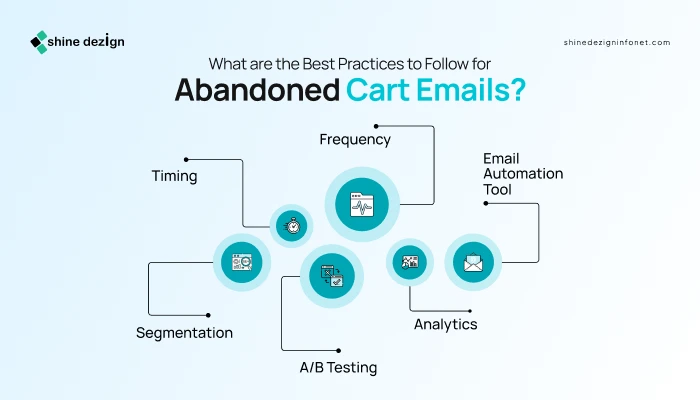
The best abandoned cart email should follow the following factors thoroughly:
Timing:
Your timing is everything. Send the first email as soon as possible after abandonment because it’s when customers will most likely remember being interested. Follow up with additional emails within the next few days to keep the conversation going. Studies say the sooner you call, the better the chance of recovery.
Frequency:
2-3 emails are generally best. The initial email is the reminder, and follow-up emails can provide additional inducements or highlight the benefit of having the products left behind. Do not spook customers by sending them lots of communications because this may induce disinterest. Follow-up at the right time can rekindle interest without intrusiveness.
Email Automation Tools:
Automate cart abandonment emails using tools like Shopify, Klaviyo, or Mailchimp. Abandoned cart email automation saves time and allows for timely follow-ups. Automated workflows allow you to work on other parts of the business while still engaging with customers.
Segmentation:
Segment your audience by behavior to communicate your messages effectively. For example, you can communicate differently to first-time visitors compared to repeat customers, differing in tone and offer according to their category. Optimize your approach for higher engagement and conversion.
A/B Testing:
Try out different subject lines, email templates, and CTAs to see what performs best on your list. A/B testing allows you to create your strategy according to actual evidence. For instance, you could test two subject lines to find out which one offers better opening rates.
Analytics:
Monitor open rates, click-through rates, and conversion rates to measure the effectiveness of your campaigns. Use this data to drive strategic decisions for future email strategy. Analyzing customer activity can tell you what’s trending and allow you to sharpen your messaging.
Examples of Successful Abandoned Cart Emails
Adding Interesting subject lines for abandoned cart emails is necessary to gain the attention of the audience. Here are some examples of abandoned cart email subject lines to retain customers:
1. Rael
Subject Line: “We saw you checking us out. 😉”
Highlights: The subject line creates a sense of connection and awareness among customers and the brand. By acknowledging that the customer has shown interest, it fosters a feeling of being valued and recognized.
The use of the winking emoji (😉) adds a playful tone, making the message friendly and inviting. This approach can encourage customers to engage further with this brand, as it suggests a two-way interaction instead of other and one-sided marketing approaches.
 2. Loftie
2. Loftie
Subject Line: “Still not sure?”
Highlights: This subject line directly addresses potential hesitation or indecision on a part of the receipt. It invites them to consider their previous thoughts or actions, which can be clearly effective in prompting a response. The simplicity of the question makes it relatable, and it encourages customers to reflect on their needs or desires. This tactic can be useful in nudging customers toward making a decision, whether it’s completing a purchase or seeking more information.
 3. Blueland
3. Blueland
Subject Line: “Did you see something you liked?”
Highlights: This subject line employs a personalized touch by referencing the recipient’s past interactions with the brand. It prompts the customer to recall specific products or services they may have shown interest in, creating an opportunity for the brand to re-engage them. This approach can enhance customer experience by making them feel understood and catered to, potentially leading to increased conversion rates as they are reminded of their preferences.
 4. Rudy’s Barbershop
4. Rudy’s Barbershop
Subject Line: “Don’t let free shipping go to waste”
Highlights: This subject line leverages urgency and a sense of value by highlighting a limited-time offer of free shipping. It creates a fear of missing out (FOMO), encouraging customers to act quickly to take advantage of the deal. The phrase “go to waste” implies that the opportunity is fleeting, which can motivate customers to complete their purchase rather than delaying it. This tactic is effective in driving sales, especially for those who may be on the edge of making a purchase.
 5. Days Brewing Co
5. Days Brewing Co
Subject Line: “You are so close 🍺”
Highlights:This subject line uses a friendly and casual tone, suggesting that the recipient is near completing a purchase, which can motivate action. The use of the beer emoji (🍺) adds a fun and relatable element, appealing to the recipient or customers’ emotions and feelings. Imagining that they are “so close” creates a sense of urgency and motivates them to finalize their sales. This approach can be particularly effective in prompting actions, as it makes the recipient feel that they are just one step away from enjoying a reward.
 Summing Up
Summing Up
Abandoned cart emails are a rich eCommerce marketing asset for winning back lost sales. Understanding the key to successful emails, practicing best practices, and learning from winning examples, you can create a strategy that not only wins back lost revenue but also boosts customer interaction. Start optimizing your abandoned cart email strategy today and make significant improvements to your conversion rates.
Source for Email Images: Really Good Emails
